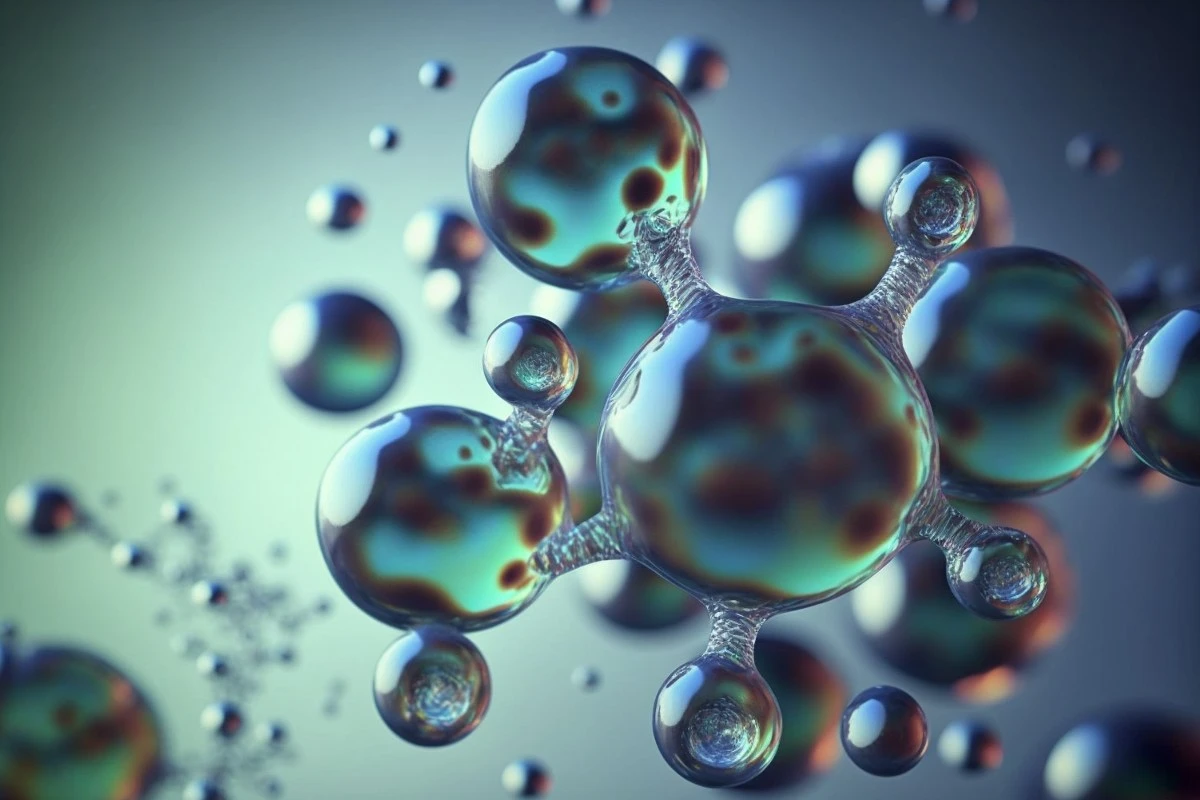Specific heat capacity is the heat capacity per unit mass of a particular substance, such as air or water. There is a specific system of units used to measure these values, called the SI system. In the calculation of specific heat capacity, we use the units Joule (energy), Kelvin (temperature), and Kilogram (weight). The formula is J/(K*kg). J stands for Joule, K stands for Kelvin, and kg stands for Kilogram.
The heat capacity of air is 1.005 kJ/kg and the heat capacity of water is 4.183 kJ/kg.
This means that it takes 1005 Joules to increase the temperature of 1 kilogram of air by 1 degree Celsius, and it takes 4183 Joules to increase the temperature of 1 kilogram of water by 1 degree Celsius.
As we can see, water has a high value for heat capacity, but what does that mean in practical terms?
Some of us have taken a bath on a summer evening and felt that the water, which was heated by the warm sun earlier in the day, is warmer than the air after the sun has gone down. This is specific heat capacity in action, where we can feel on our body that the air has easily changed its temperature, and the water has not changed its temperature as quickly.
Water has good properties for storing heat. Water is also an excellent conductor of heat and is widely used for heating and cooling of homes and commercial buildings.
About the calculator
To calculate how much energy is required to increase the temperature of a substance, we need to know the weight of the substance in kilograms.
We also need to know the specific heat capacity of the substance.
Specific heat capacity is a measure of how much energy is required to raise the temperature of a substance. Heat capacity is defined as the ratio of heat added to a substance to the resulting temperature increase. See the list and paragraph below.
The temperature increase we want to achieve must also be defined in the calculation as a starting temperature and ending temperature. This difference is called "delta temperature" and is represented by the symbol ∆.
Temperature can be expressed in degrees in the kelvin or celsius scale, and we choose celsius because most people are familiar with this temperature scale from thermometers and weather reports.
The formula for calculation is Q = m * c * ∆T
1 liter of water weighs 1 kilogram at 4⁰ degrees. For example, if 10 liters of water are to be heated from 20⁰ to 30⁰ degrees celsius, the calculation is as follows: 10 kilograms (m) * 4.183 kJ/kg (c) * 10⁰ degrees celsius (30⁰-20⁰) (∆T) = 418.6 kJ (Q).
Air also has a weight, even though we might not think about it. At sea level, a cubic meter of dry air weighs about 1.25 kilograms. This is called atmospheric air. The air higher up in the atmosphere weighs a lot, but since the air pressure is distributed evenly around us, we don't notice it.
However, we can feel air resistance in the air when we cycle, or hold our hand out of a car window while moving. The faster we move, the higher the air resistance becomes, and the more we notice that the air has a weight that is moved when we move.
As an example, let's consider a room that is 5 meters long, 2.5 meters wide, and 2.5 meters high. The formula for calculating the volume is length * width * height, and in this example it is 31.25 cubic meters. To find the weight of the air in the room, we must multiply the number of cubic meters by the specific weight of air, and in this case it is 1.25 kilograms * 31.25 cubic meters = 39.06 kilogram.
By entering the number of kilogram, the desired temperature increase, and the selected substance, our calculator will calculate how much energy is needed to heat up the substance. You will get the answer in kJ and kcal, as well as kWh to get an even better perspective on the consumed power and cost. Just enter the numbers and let the calculator do the work quickly and efficiently!
Note: The specific heat capacity in our list is given at constant pressure and at a temperature of 20 degrees Celsius.




